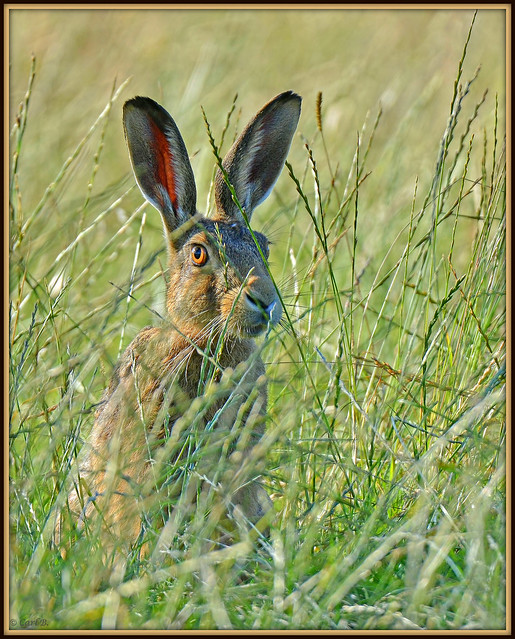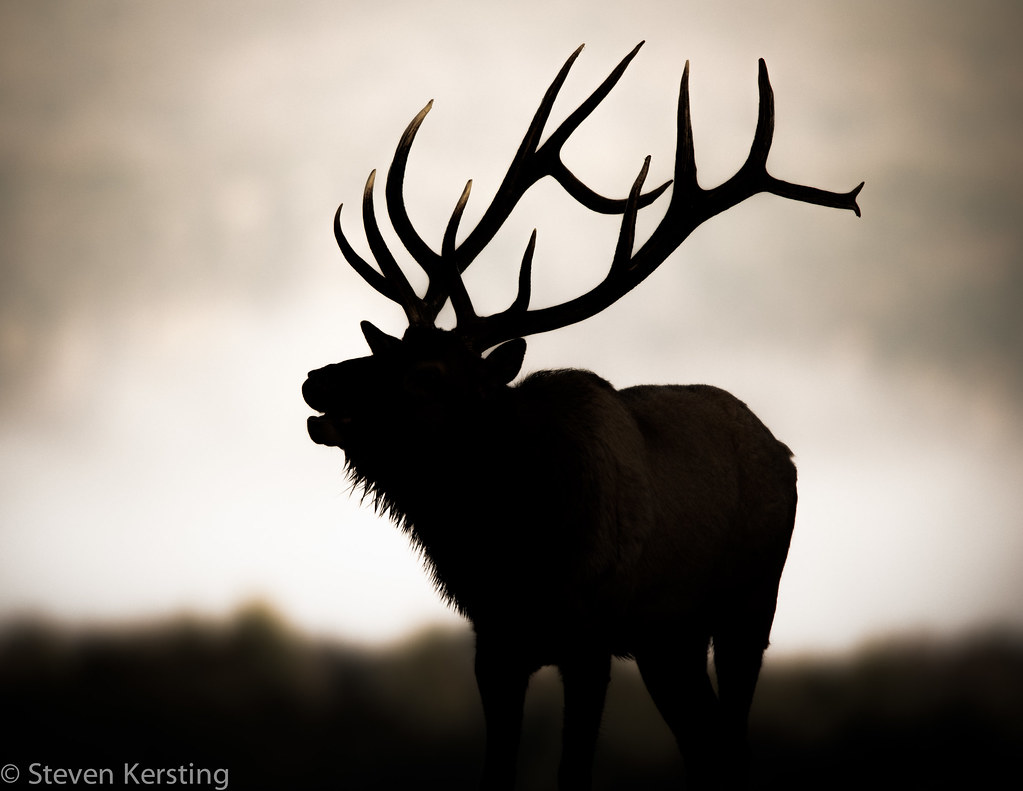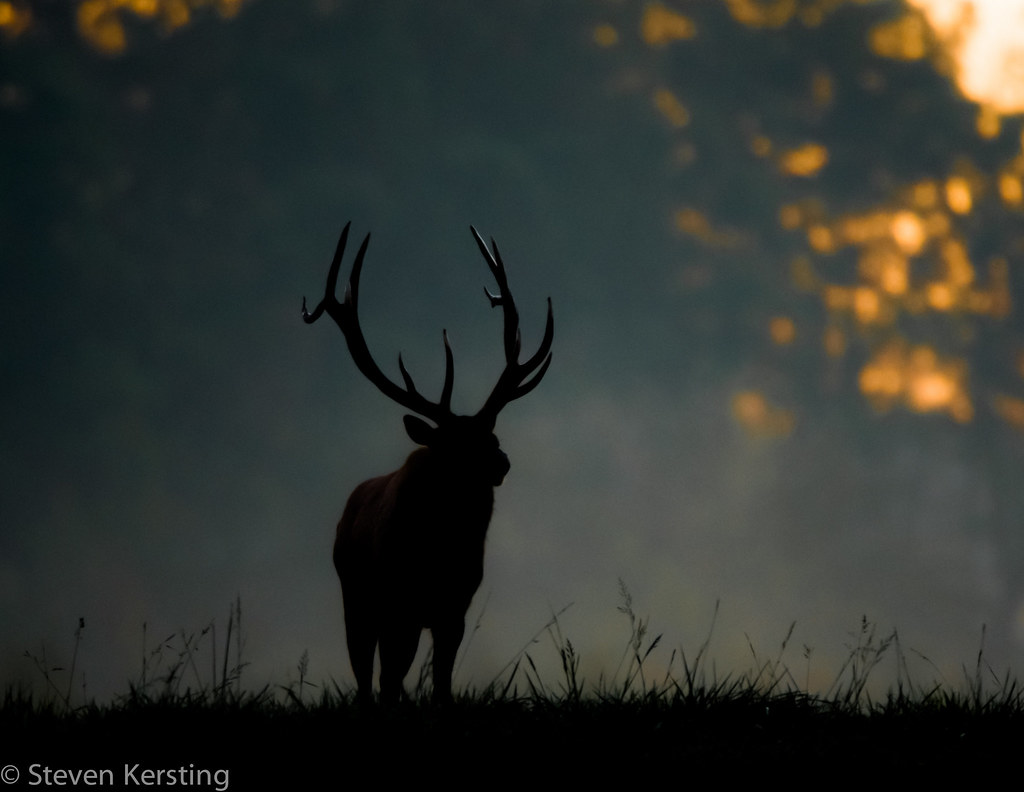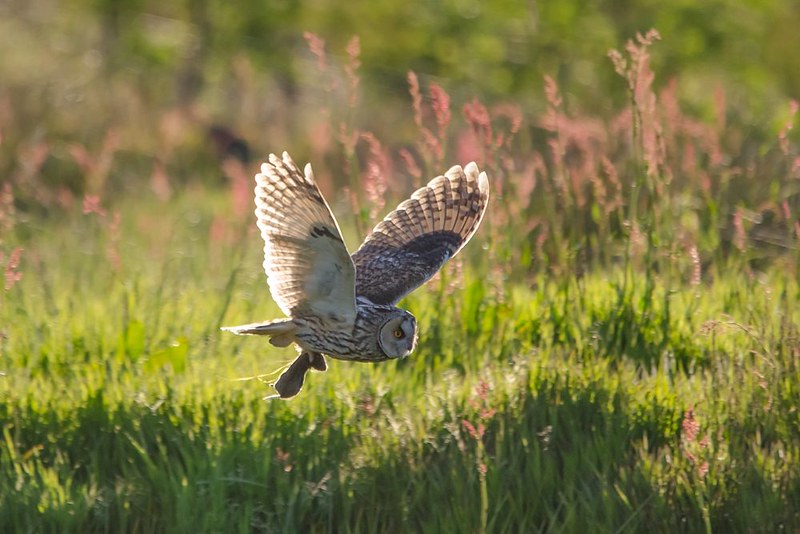- Messages
- 4,289
- Name
- Stu
- Edit My Images
- Yes
Guys can you give me some techs to start me off say shooting a hare/deer at 30M into the sun at around sunset.
Could you also tell me how I should expose....here is a bit on why I'm confused
We all understand that ETTR exposing to the right, gives us the best possible most detailed file to work from,It also means we don't have to boost exposure,so capturing the best possible rendition of noise.
Now I believe that one would under expose the above shot in some cases by quite a lot,this is to saturate colours and obviously enhance the backlighting hitting our subject,but won't that then give us a more noisy image than if one pushed exposure. the other problem of course is SS. By under exposing we have a faster shutter so more likely to capture a sharp frame ,especially important for us as our subjects do move. At sunset here that SS is dropping rapidely,so ISO is being employed at higher levels,increasing the possibility of a noisy image
Looking for some thoughts and advice here please guys. I'm going to get chances in this situation it's very likely and I'm not happy with my skillset to deal with it at all at the moment,being more than a little confused on which way I should go ,to grab the best possible image quality I can muster
Thanks so much for reading this and any help in advance,I feel I'm missing something and I just know i'm going to get chances they are already happening
many thanks
Stu
ps base premise of lit subject dark bkg camera in shade for best results understood
Could you also tell me how I should expose....here is a bit on why I'm confused
We all understand that ETTR exposing to the right, gives us the best possible most detailed file to work from,It also means we don't have to boost exposure,so capturing the best possible rendition of noise.
Now I believe that one would under expose the above shot in some cases by quite a lot,this is to saturate colours and obviously enhance the backlighting hitting our subject,but won't that then give us a more noisy image than if one pushed exposure. the other problem of course is SS. By under exposing we have a faster shutter so more likely to capture a sharp frame ,especially important for us as our subjects do move. At sunset here that SS is dropping rapidely,so ISO is being employed at higher levels,increasing the possibility of a noisy image
Looking for some thoughts and advice here please guys. I'm going to get chances in this situation it's very likely and I'm not happy with my skillset to deal with it at all at the moment,being more than a little confused on which way I should go ,to grab the best possible image quality I can muster
Thanks so much for reading this and any help in advance,I feel I'm missing something and I just know i'm going to get chances they are already happening
many thanks
Stu
ps base premise of lit subject dark bkg camera in shade for best results understood


 "wonder if i'm allowed in"
"wonder if i'm allowed in" Brown hare (Lepus europaeus)
Brown hare (Lepus europaeus)

 Long-eared Owl with Vole
Long-eared Owl with Vole _70F6912
_70F6912
